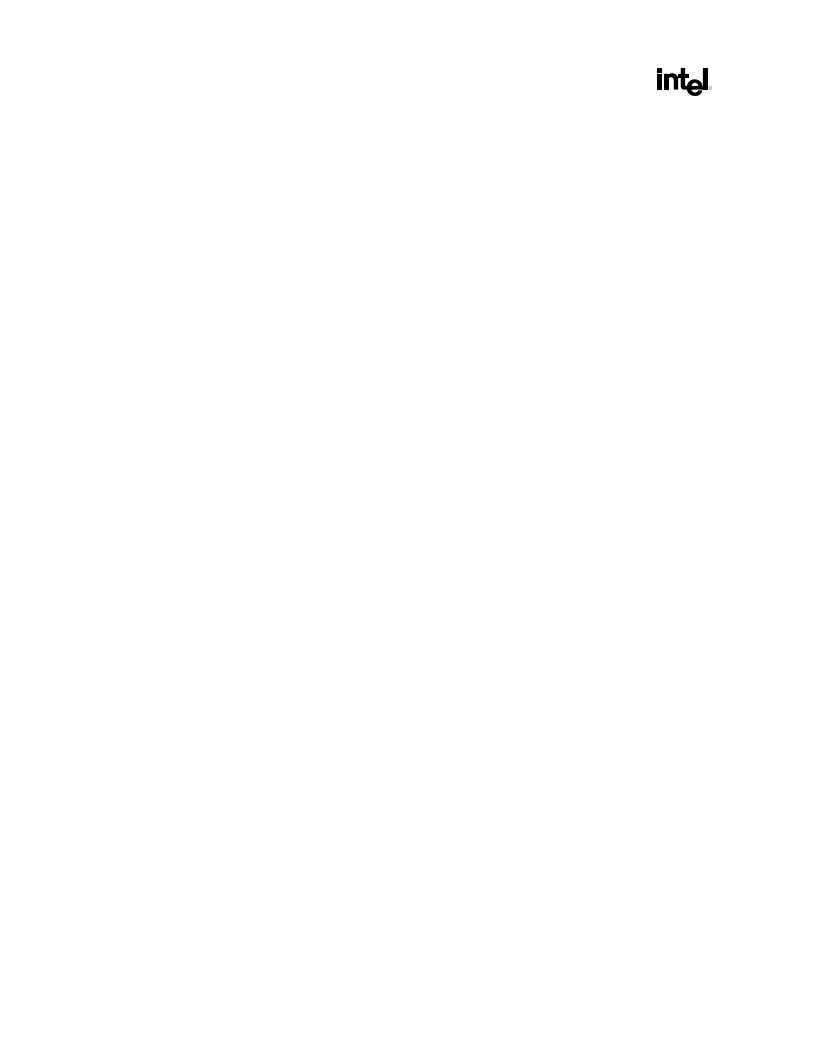- 您現(xiàn)在的位置:買賣IC網(wǎng) > PDF目錄370261 > FW82815 Controller Miscellaneous - Datasheet Reference PDF資料下載
參數(shù)資料
| 型號: | FW82815 |
| 英文描述: | Controller Miscellaneous - Datasheet Reference |
| 中文描述: | 控制器雜項-數(shù)據(jù)表參考 |
| 文件頁數(shù): | 146/172頁 |
| 文件大小: | 795K |
| 代理商: | FW82815 |
第1頁第2頁第3頁第4頁第5頁第6頁第7頁第8頁第9頁第10頁第11頁第12頁第13頁第14頁第15頁第16頁第17頁第18頁第19頁第20頁第21頁第22頁第23頁第24頁第25頁第26頁第27頁第28頁第29頁第30頁第31頁第32頁第33頁第34頁第35頁第36頁第37頁第38頁第39頁第40頁第41頁第42頁第43頁第44頁第45頁第46頁第47頁第48頁第49頁第50頁第51頁第52頁第53頁第54頁第55頁第56頁第57頁第58頁第59頁第60頁第61頁第62頁第63頁第64頁第65頁第66頁第67頁第68頁第69頁第70頁第71頁第72頁第73頁第74頁第75頁第76頁第77頁第78頁第79頁第80頁第81頁第82頁第83頁第84頁第85頁第86頁第87頁第88頁第89頁第90頁第91頁第92頁第93頁第94頁第95頁第96頁第97頁第98頁第99頁第100頁第101頁第102頁第103頁第104頁第105頁第106頁第107頁第108頁第109頁第110頁第111頁第112頁第113頁第114頁第115頁第116頁第117頁第118頁第119頁第120頁第121頁第122頁第123頁第124頁第125頁第126頁第127頁第128頁第129頁第130頁第131頁第132頁第133頁第134頁第135頁第136頁第137頁第138頁第139頁第140頁第141頁第142頁第143頁第144頁第145頁當前第146頁第147頁第148頁第149頁第150頁第151頁第152頁第153頁第154頁第155頁第156頁第157頁第158頁第159頁第160頁第161頁第162頁第163頁第164頁第165頁第166頁第167頁第168頁第169頁第170頁第171頁第172頁

82815 GMCH
R
146
Datasheet
4.8.4.
Setup
The setup stage of the pipeline takes the input data associated with each vertex of the line or triangle
primitive and computes the various parameters required for scan conversion. In formatting this data, the
GMCH maintains sub-pixel accuracy. Data is dynamically formatted for each rendered polygon and
output to the proper processing unit. As part of the setup, the GMCH removes polygons from further
processing, if they are not facing the user’s viewpoint (referred to as “ Back Face Culling”).
4.8.5.
Texturing
The GMCH allows an image, pattern, or video to be placed on the surface of a 3D polygon. Textures
must be located in system memory. Being able to use textures directly from system memory means that
large complex textures can easily be handled without the limitations imposed by the traditional approach
of only using the display cache.
The texture processor receives the texture coordinate information from the setup engine and the texture
blend information from the scan converter. The texture processor performs texture color or chroma-key
matching, texture filtering (anisotropic, bilinear, and trilinear interpolation), and YUV to RGB
conversions.
The GMCH supports up to 11 Levels-of-Detail (LODs) ranging in size from 1024x1024 to 1x1 texels.
(A texel is defined as a texture map pixel). Textures need not be square. Included in the texture processor
is a small cache that provides efficient mip-mapping.
Nearest
. Texel with coordinates nearest to the desired pixel is used. (This is used if only one LOD
is present).
Linear
. A weighted average of a 2x2 area of texels surrounding the desired pixel are used. (This is
used if only one LOD is present).
Mip
Nearest
. This is used if many LODs are present. The appropriate LOD is chosen and the texel
with coordinates nearest to the desired pixel are used.
Mip
Linear
. This is used if many LODs are present. The appropriate LOD is chosen and a weighted
average of a 2x2 area of texels surrounding the desired pixel are used. This is also referred to as bi-
linear mip-mapping.
Trilinear
. Tri-linear filtering blends two mip maps of the same image to provide a smooth transition
between different mips (floor and ceiling of the calculated LOD).
Anisotropic
. This can be used if multiple LODs are present. This filtering method improves the
visual quality of texture-mapped objects when viewed at oblique angles (i.e., with a high degree of
perspective foreshortening). The improvement comes from a more accurate (anisotropic) mapping
of screen pixels onto texels – where using bilinear or trilinear filtering can yield overly-blurred
results. Situations where anisotropic filtering demonstrates superior quality include text viewed at an
angle, lines on roadways, etc.
相關(guān)PDF資料 |
PDF描述 |
|---|---|
| FWA-25A10F | Fuse |
| FWA-30A10F | Fuse |
| FWA-35A21F | Fuse |
| FWA-40A21F | Fuse |
| FWA-45A21F | Fuse |
相關(guān)代理商/技術(shù)參數(shù) |
參數(shù)描述 |
|---|---|
| FW82815 S L5NQ | 制造商:Intel 功能描述:Graphics and Memory Controller Hub 544-Pin BGA |
| FW82815EM S L4MP | 制造商:Intel 功能描述:GRAPHICS AND MEMORY CONTROLLER HUB (GMCH2-M) |
| FW82815SL5NQ | 制造商:Intel 功能描述: |
| FW828201CA | 制造商:未知廠家 制造商全稱:未知廠家 功能描述:Controller Miscellaneous - Datasheet Reference |
| FW82840 S L3TA | 制造商:Intel 功能描述:Memory Controller Hub 544-Pin BGA |
發(fā)布緊急采購,3分鐘左右您將得到回復。